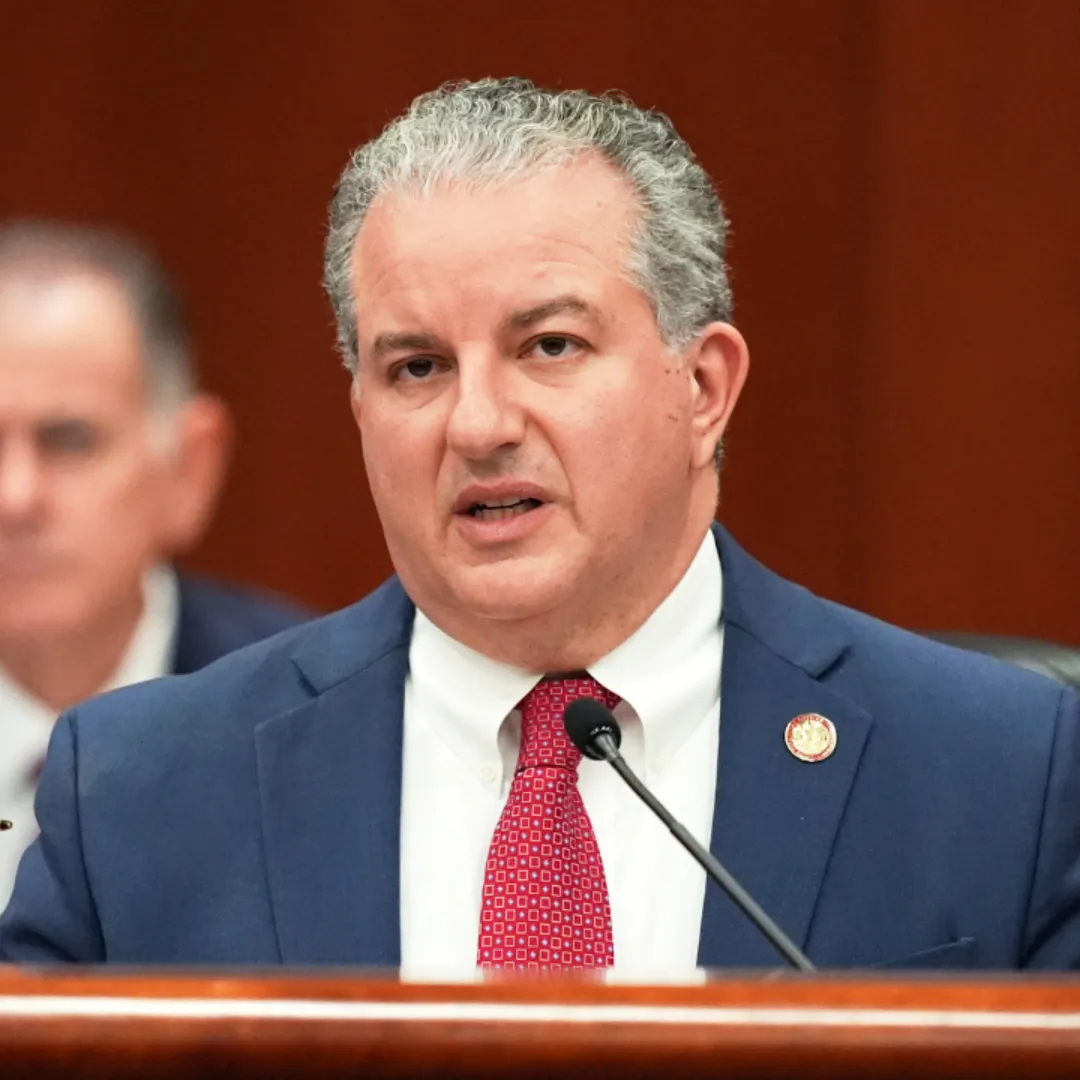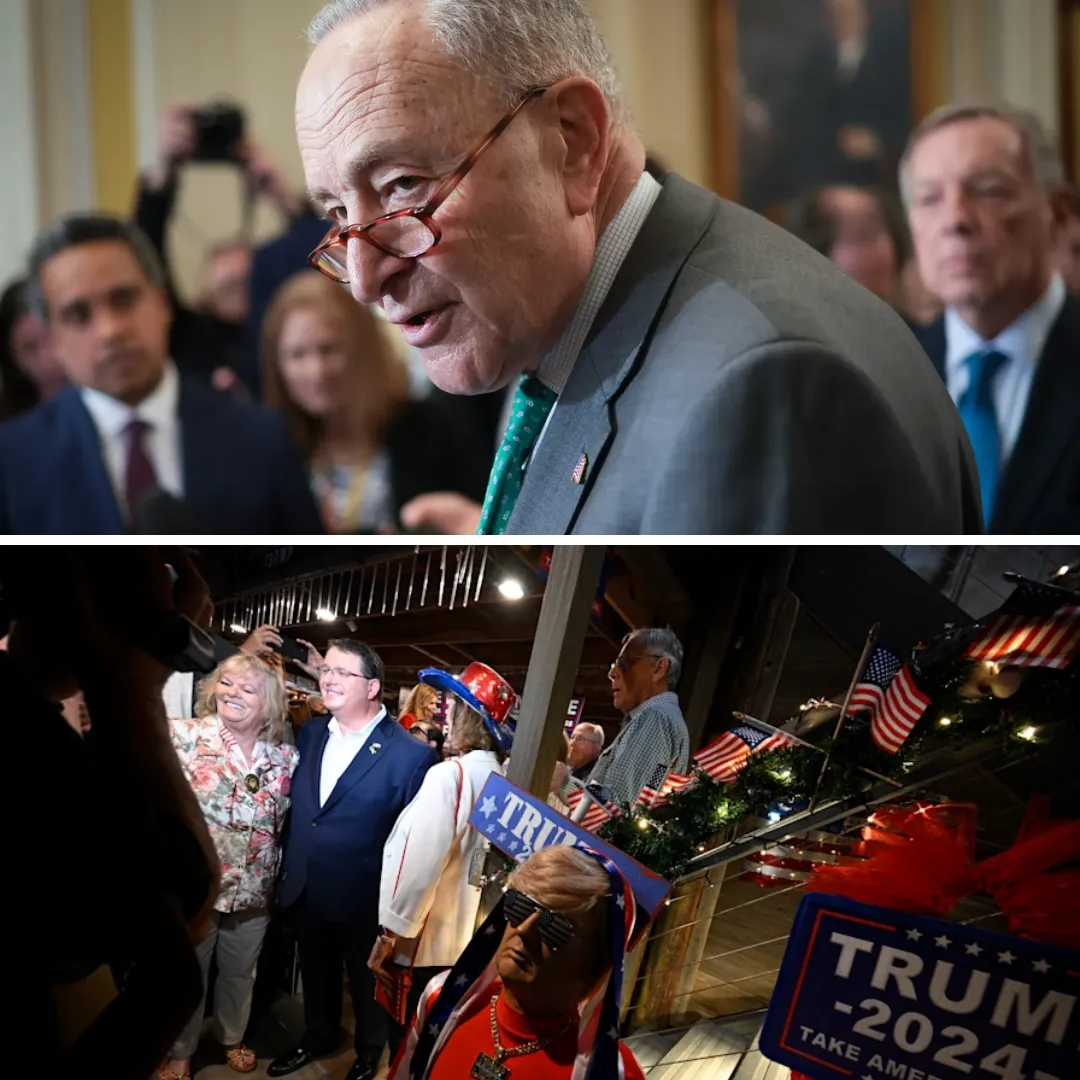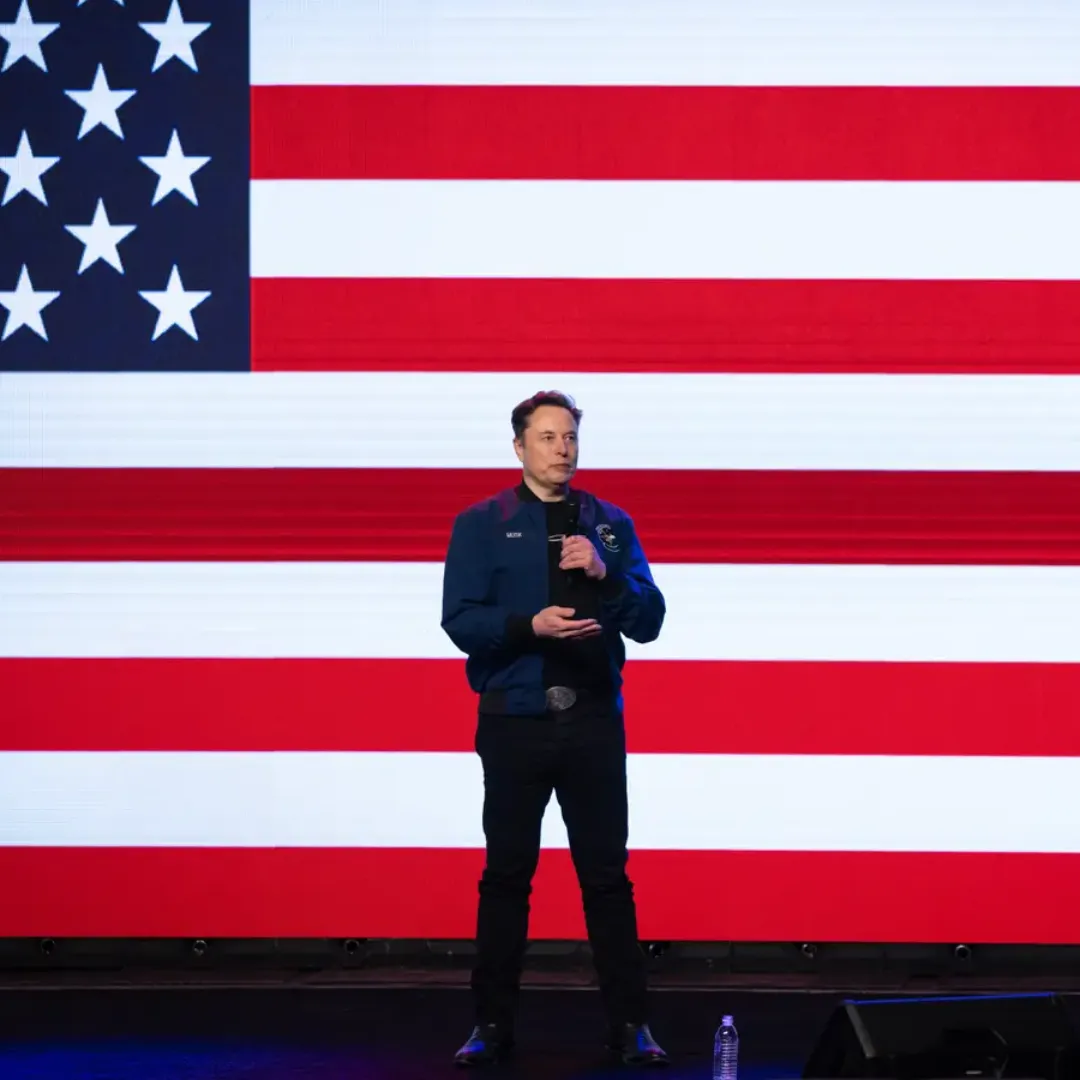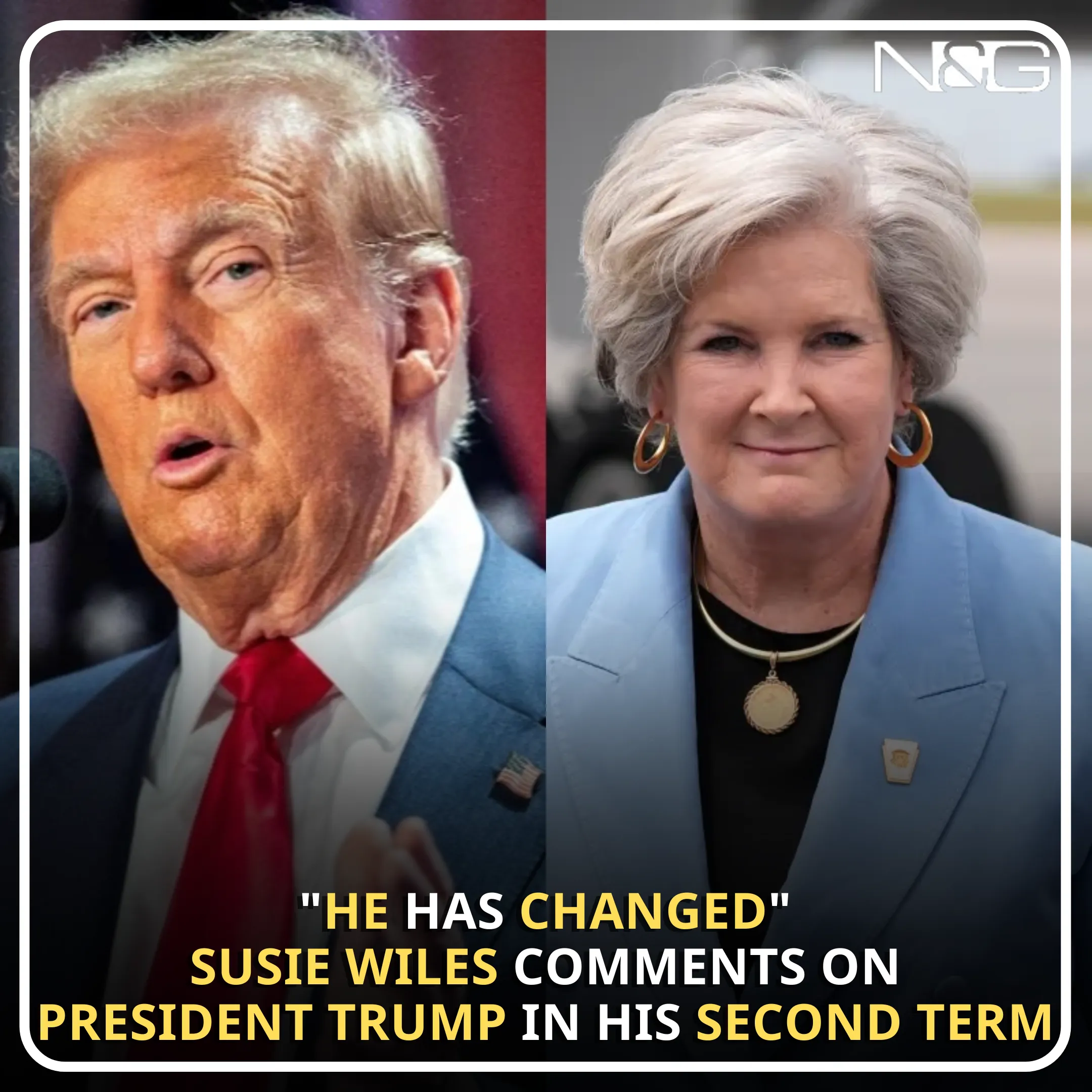
Since stepping into the role of Vice President, J.D. Vance has faced a slew of negative headlines and public backlash, with his approval ratings reflecting a dismal start to his political career. Despite the lofty expectations placed on new vice presidents, Vance’s journey into office has been far from smooth, and his early performance is shaping up to be one of the most contentious in modern history.
For context, it’s worth noting that Vice Presidents are typically afforded a certain level of goodwill when they first assume office. Public opinion may not always be overwhelmingly favorable, but a modicum of respect and support tends to follow these figures, especially if they come with an established reputation for competence.
However, this hasn’t been the case for Vance. His approval ratings are not just below expectations—they are in free fall.
Looking at the current polling numbers, Vance’s situation is worse than that of Kamala Harris at the same point in her vice presidency. In fact, it’s worse than any newly appointed vice president in the history of polling.
According to data from Real Clear Politics, Vance’s current favorability rating sits at 41.7 percent, while his unfavorable rating is 44.8 percent. His net approval rating stands at -3.1 percentage points—worse than former President Donald Trump’s own early approval numbers.
The situation looks even grimmer when focusing on the most recent polling data, which is drawn from surveys conducted after Vance’s infamous Oval Office confrontation with Ukraine’s president. In these more recent polls, Vance’s numbers have dipped even further, with his favorability rating sinking to 42.4 percent, while his disapproval climbs to 48.0 percent.
While it’s not entirely unusual for a vice president’s early ratings to be lukewarm—particularly in the post-Trump era—Vance’s poor showing stands in stark contrast to previous vice presidents, even those who faced political difficulties. For instance, Dick Cheney, who served under George W. Bush, saw his favorability soar above 60 percent during his first few years in office.
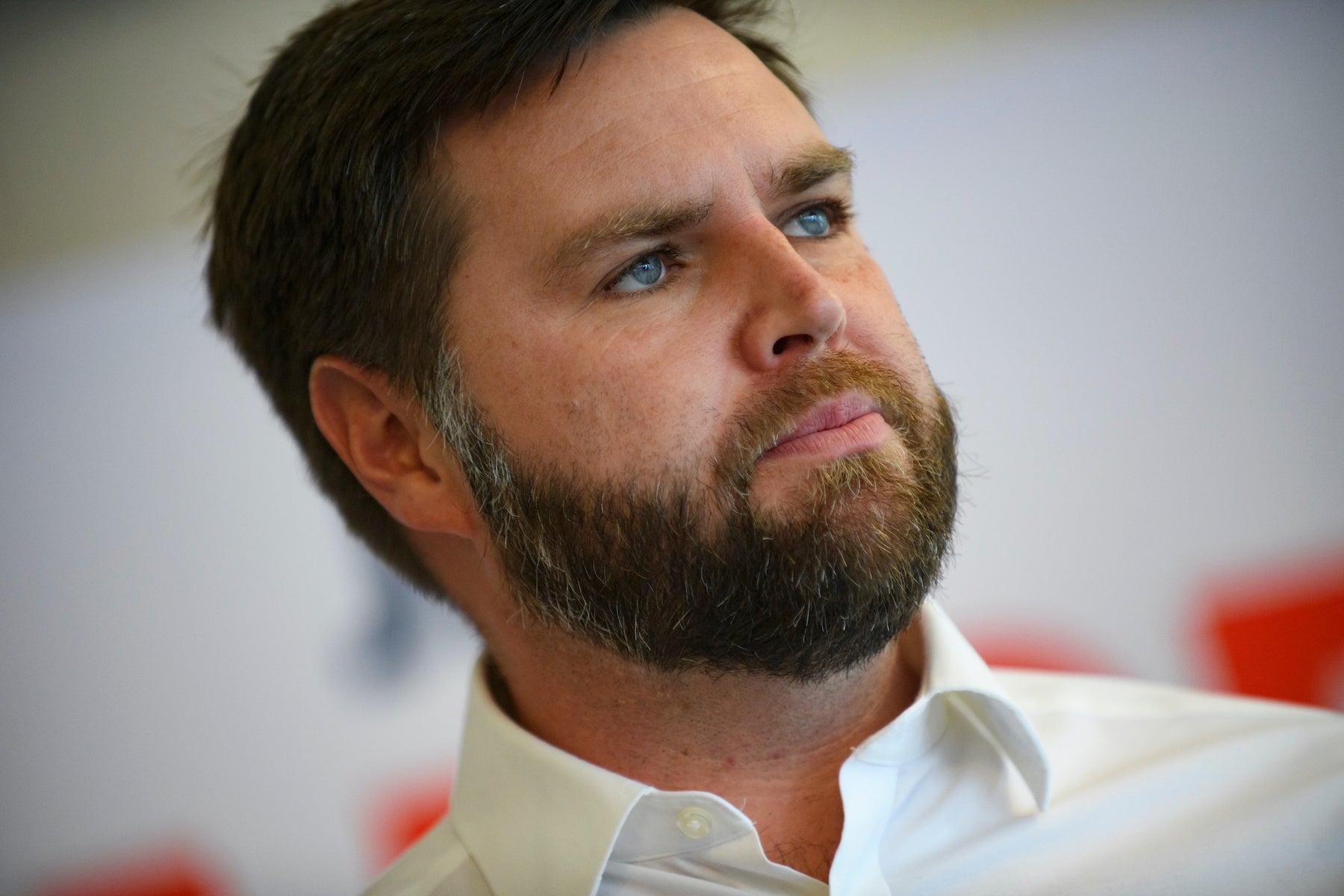
Similarly, Joe Biden began his vice presidency with a relatively strong 53 percent approval rating, though it did fall over time due to the fallout from the Great Recession.
Vance’s political journey is shaping up to be less like the gradual decline of Biden’s approval and more like the disastrous trajectory of Dan Quayle or Mike Pence, both of whom struggled to gain traction within their own parties. Quayle, a low point in the Republican Party’s history, found himself bogged down by low approval ratings, and Pence never gained much public favor either.
Both men also ran in primary elections against their former running mates or their former running mates' relatives, making their bids for the presidency even more complicated. Vance is on a similar trajectory, facing steep odds and little support within his own party.
There is another crucial dynamic at play here: Trump’s hold over the Republican Party. It’s well known that Trump’s endorsement carries immense weight in Republican primaries, and Trump’s recent comments regarding Vance’s future have made it clear that he does not view the vice president as a likely heir to his political legacy.
When asked whether Vance would be his successor in the 2028 election, Trump demurred, saying, “No, but is he very capable. I mean, I don’t think that, you know, I think you have a lot of very capable people. So far, I think he is doing a fantastic job. It’s too early. We are just starting.”
Trump’s refusal to explicitly endorse Vance may have been a calculated move to leave the door open for other potential candidates in 2028. It could also reflect Trump’s lack of faith in Vance’s ability to capture the political energy of the MAGA base.
Without Trump’s backing—either overt or covert—Vance will face a long and uphill battle in securing the Republican nomination for president, especially given his dismal approval numbers and lack of widespread support.

This dynamic is made even more complicated by the fact that Vance is seeking to replicate a style of politics that Trump has mastered: divisive rhetoric, attacks on the media, and a brand of populism that appeals to frustrated voters. However, Vance’s attempt to channel Trump’s style of political discourse has so far fallen flat with the public.
While Trump’s brand of political nastiness resonated with many in the 2016 election, it has not had the same impact since he assumed office—and especially after his loss in 2020. Vance’s brand of populist demagoguery lacks the same power, and it is unclear whether it will ever gain traction beyond the most loyal corners of the Republican Party.
Indeed, Vance’s political style appears to be built on a foundation of petty insults and superficial arguments. He seems more interested in emulating Trump’s combative, confrontational persona than offering any substantive solutions to the nation’s problems.
His attempts to mimic Trump’s behavior in the political arena may end up backfiring, as voters increasingly become fatigued by the same tired rhetoric. As Trump’s political fortunes continue to decline, it’s likely that Vance will find himself facing the same fate.
Moreover, Vance’s early polling numbers suggest that he lacks the broad appeal necessary to become a serious contender in a presidential race. His favorability ratings are currently worse than those of Kamala Harris, who at least managed to gain some measure of favorability through her work on issues like voting rights and climate change.
Vance’s early days in office, by contrast, have been marked by a series of missteps and an inability to break through to the public with a compelling political message.
It’s not that Vance is completely devoid of potential. He has shown some ability to adjust his rhetoric and appeal to a broader audience, but his focus has been largely on emulating Trump’s abrasive style, which has alienated many voters. If he hopes to have any chance of winning the Republican nomination, he will need to shift his focus and find a way to make a compelling case for his candidacy—one that goes beyond being a Trump surrogate. Without doing so, Vance’s political career may not survive the coming years.
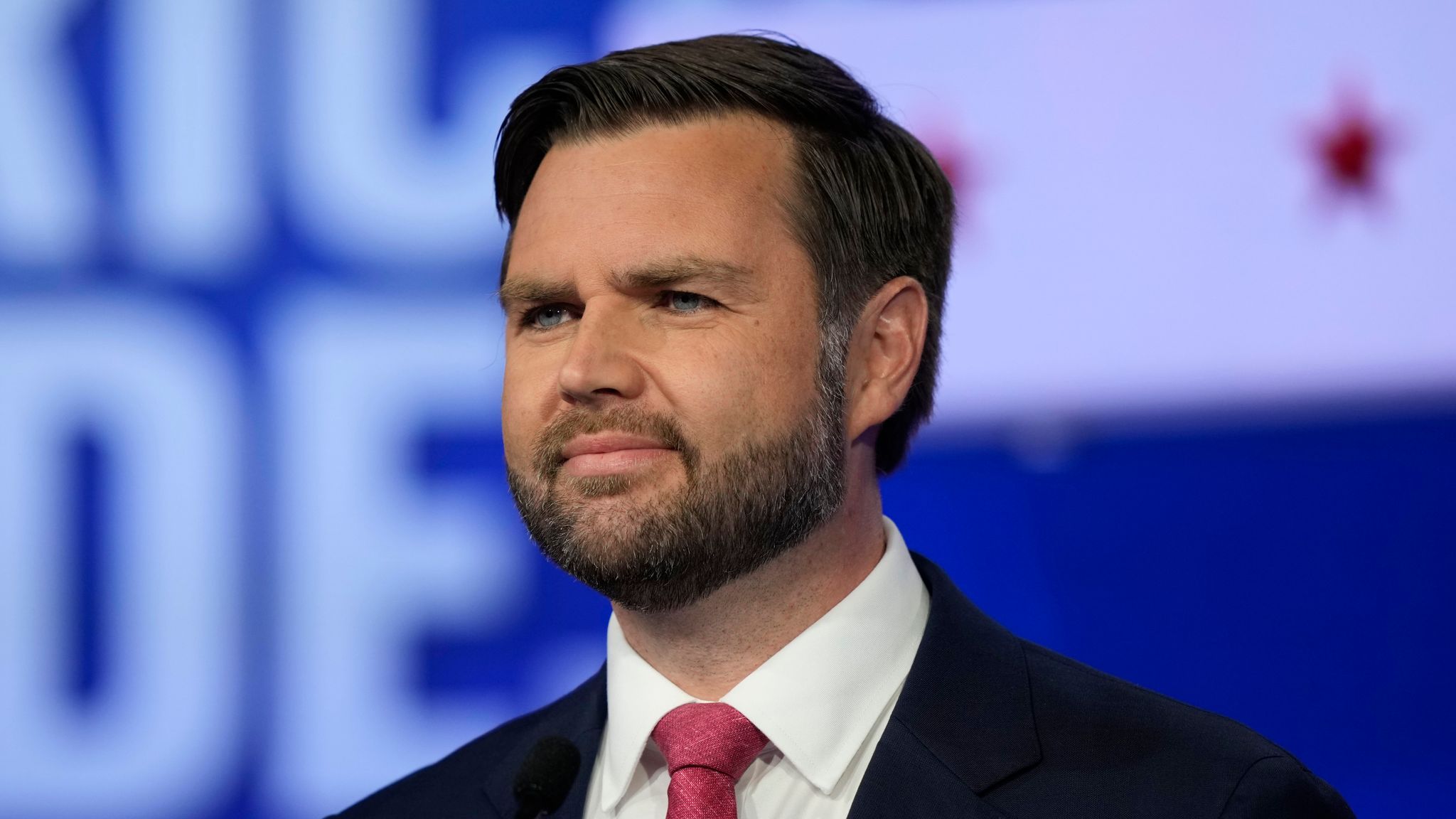
Ultimately, Vance’s early struggles are a reflection of the broader challenges facing the Republican Party in the post-Trump era. The party is in a state of flux, with no clear consensus on who will lead it in the future.
If Vance is unable to secure the support of the MAGA base or expand his appeal beyond that group, his political future looks bleak. Vance’s early polling numbers suggest that he is not yet a viable candidate for president, and the upcoming years will likely prove crucial in determining whether he can overcome these challenges.
While the Republican Party has long prided itself on being the party of conservative values and strong leadership, Vance’s early missteps highlight the difficulties of navigating the post-Trump landscape. The next few years will be critical for Vance as he seeks to carve out a place for himself in the Republican Party’s future.
